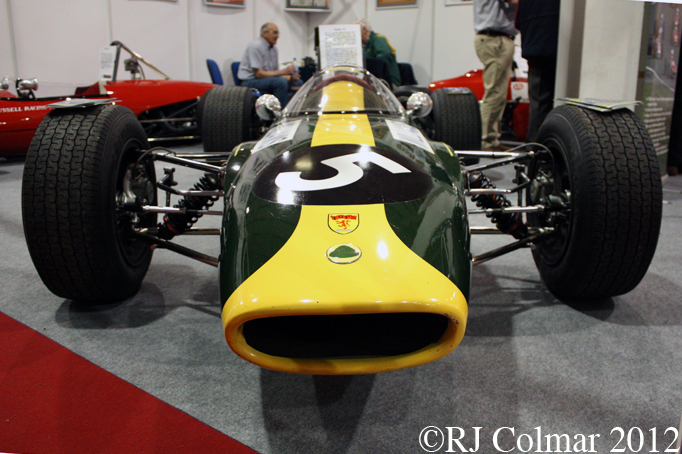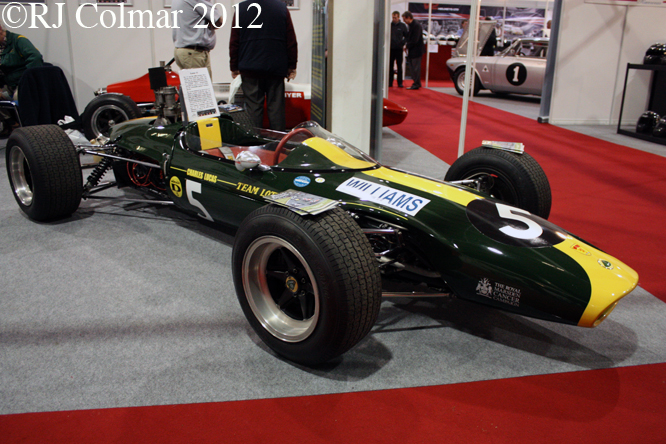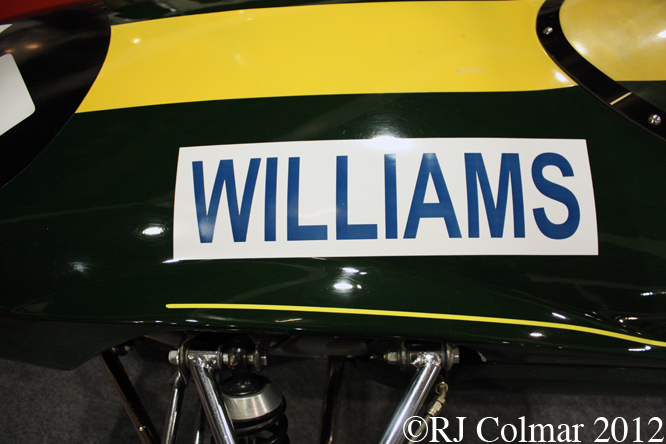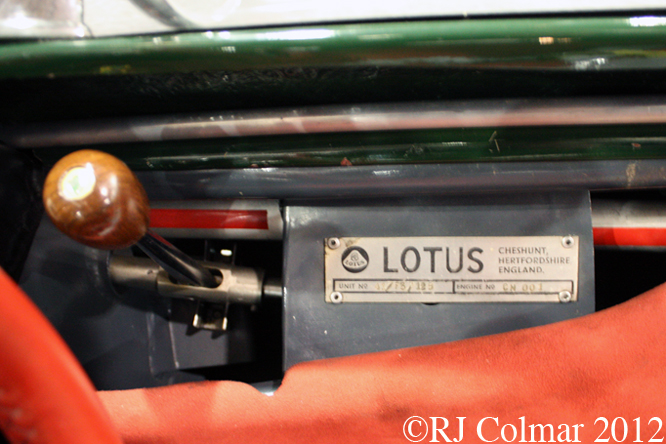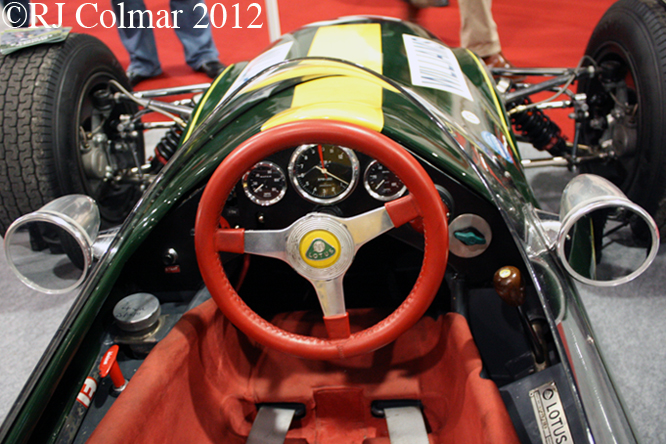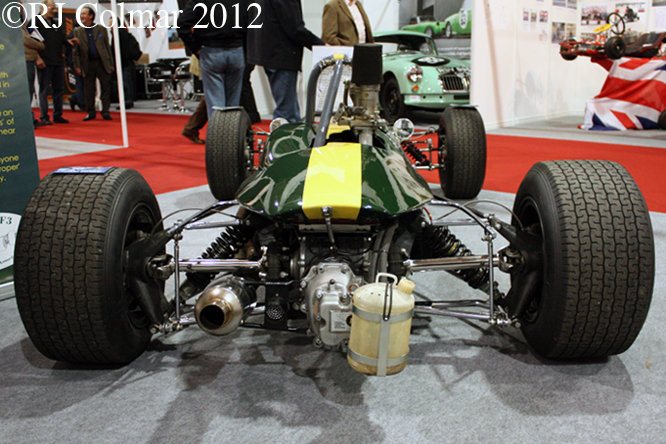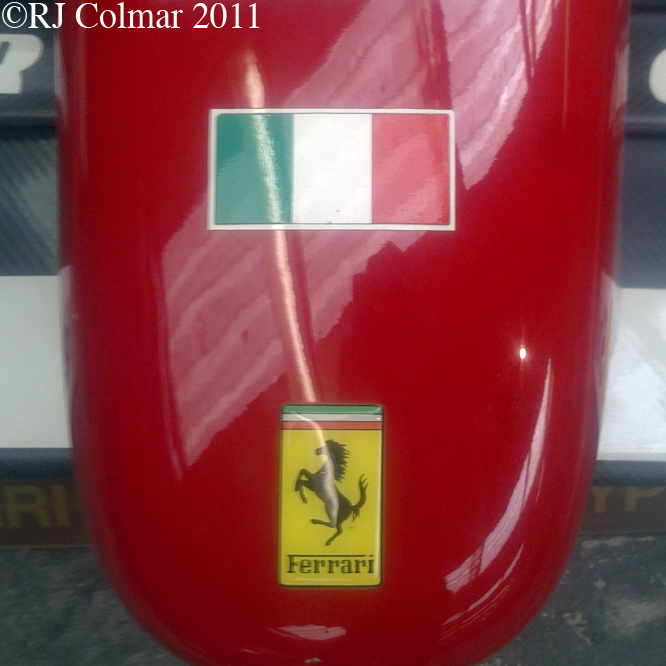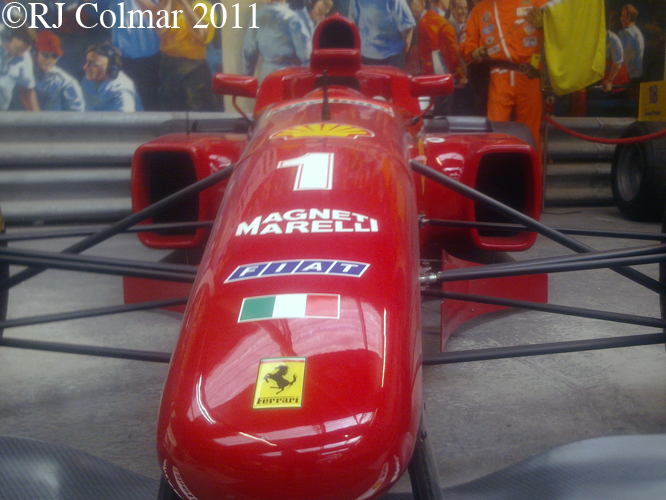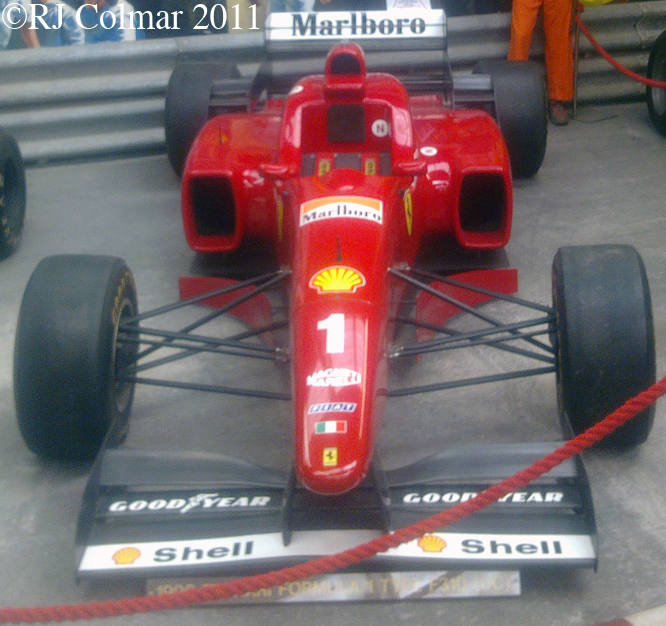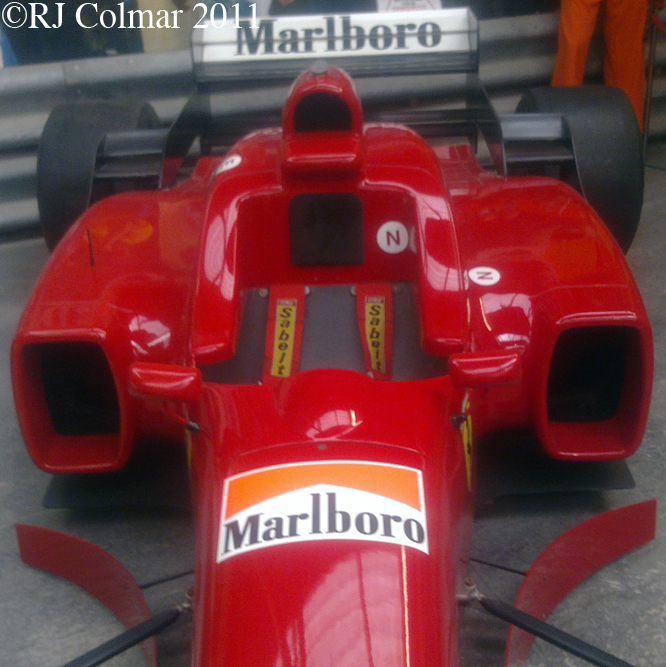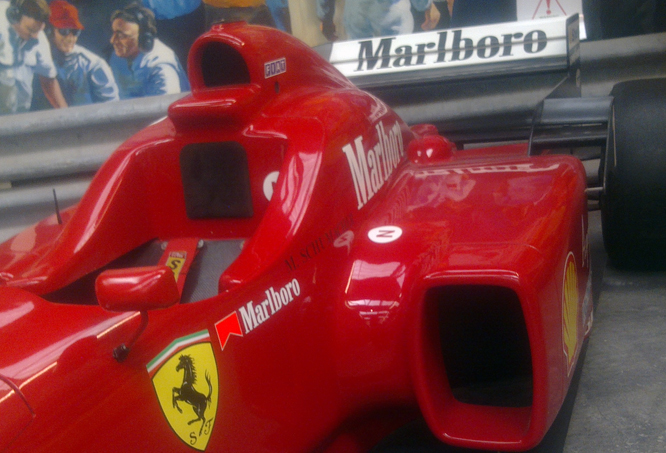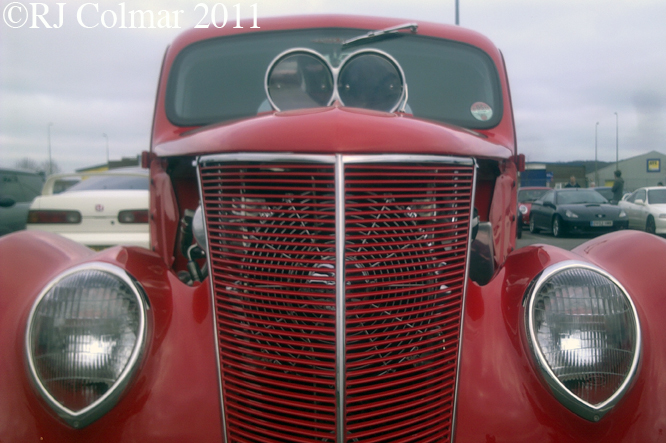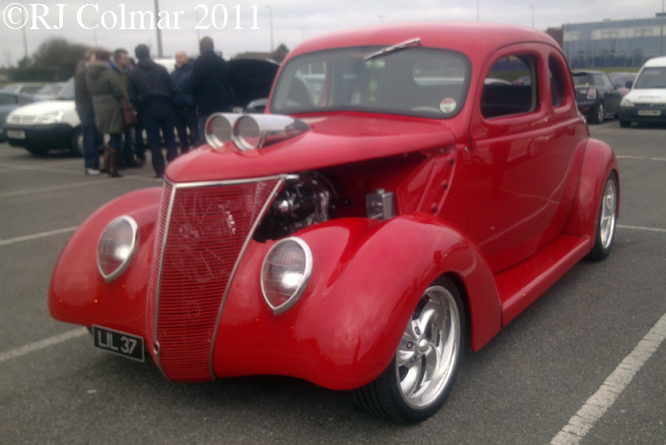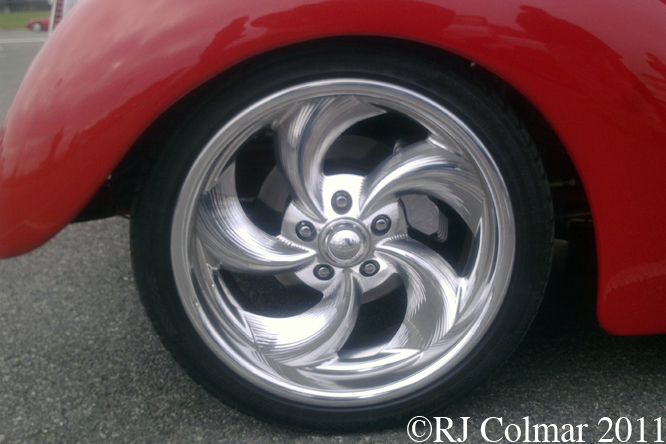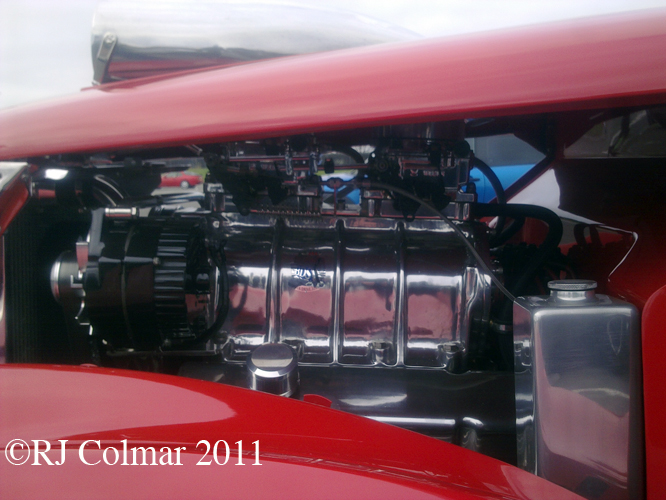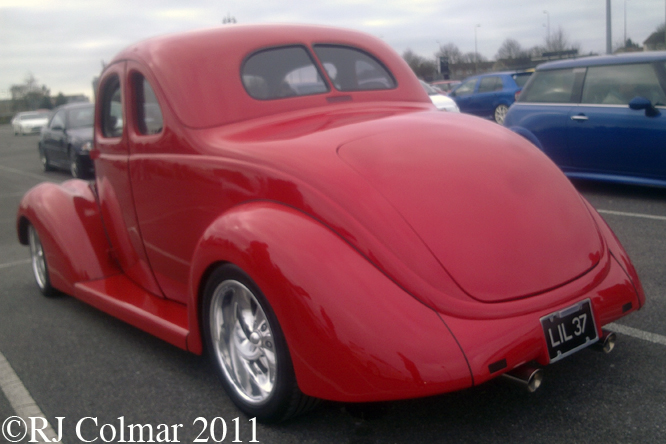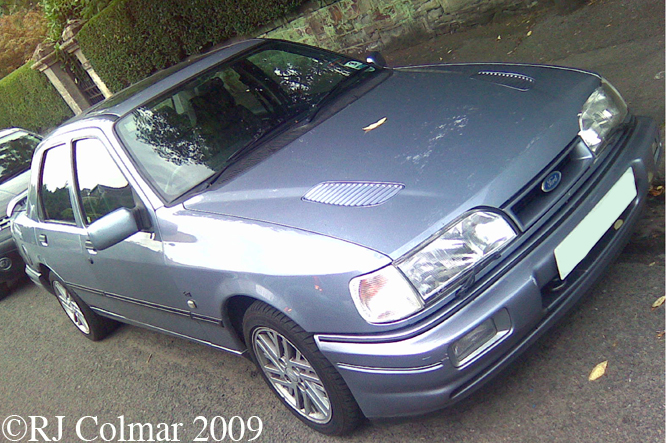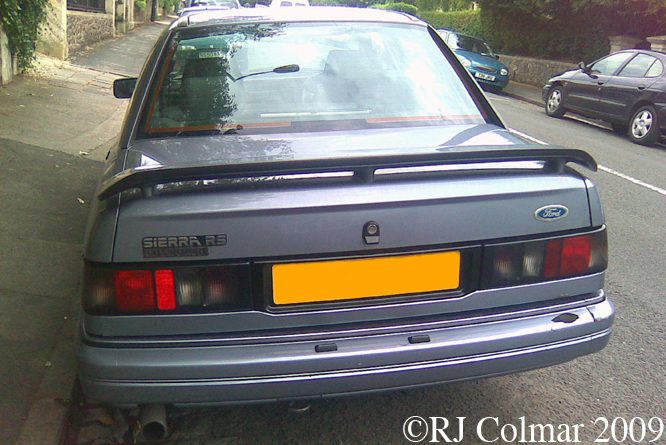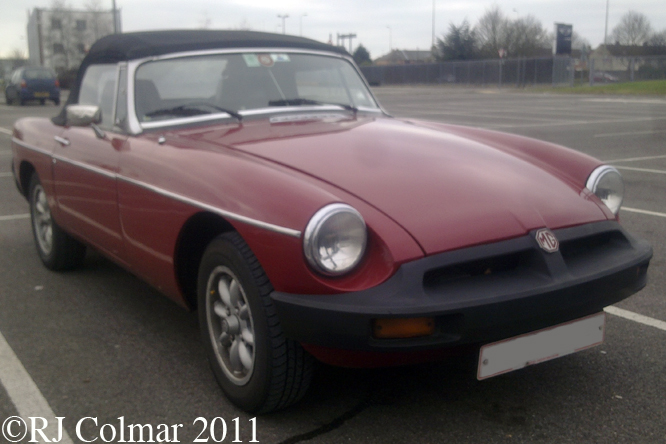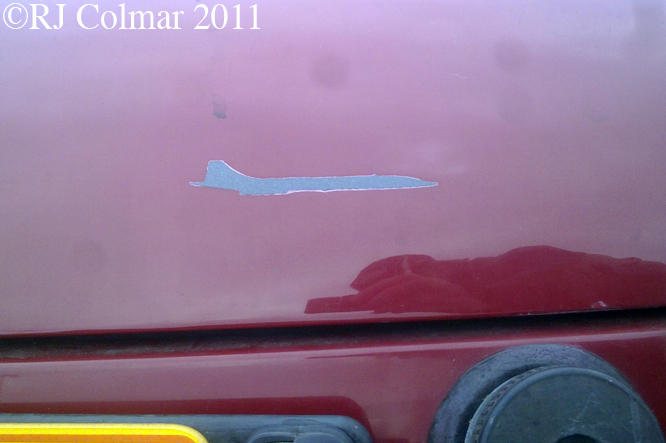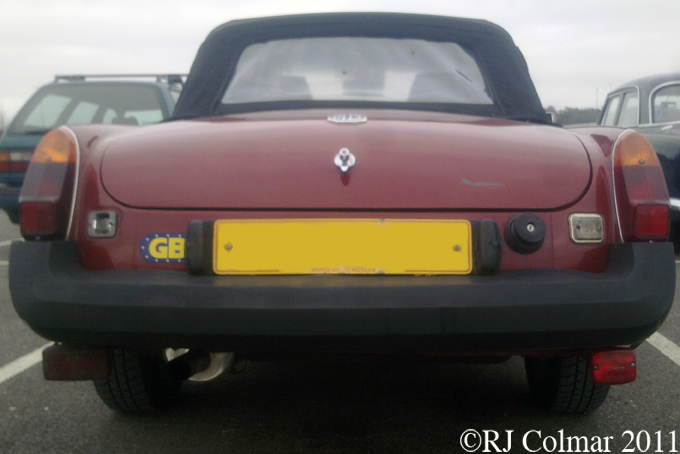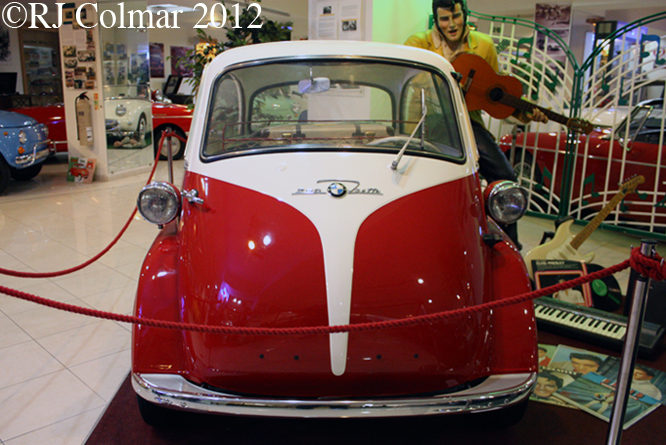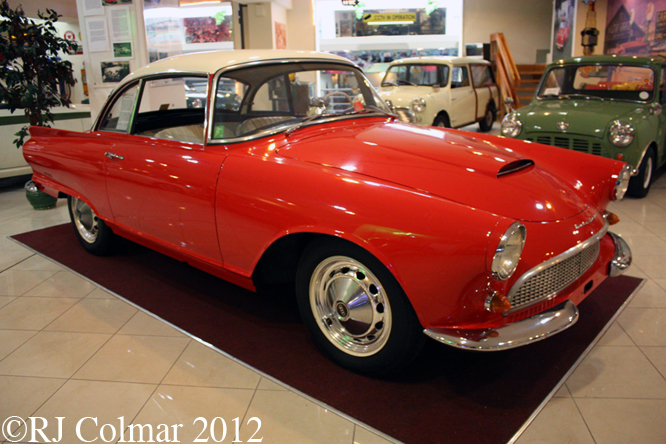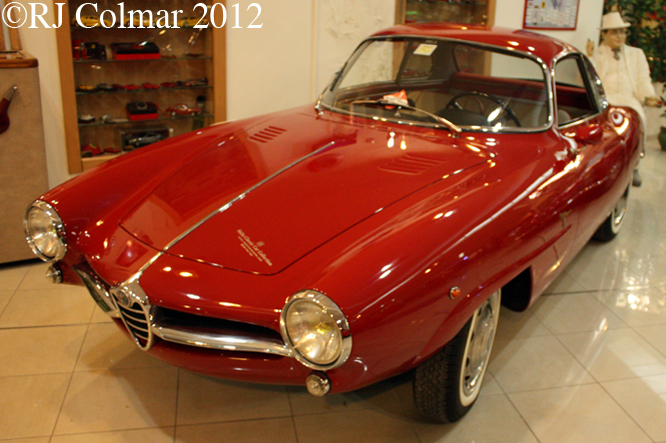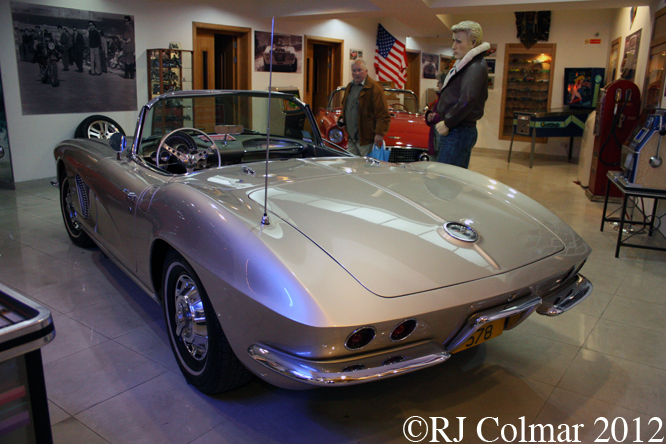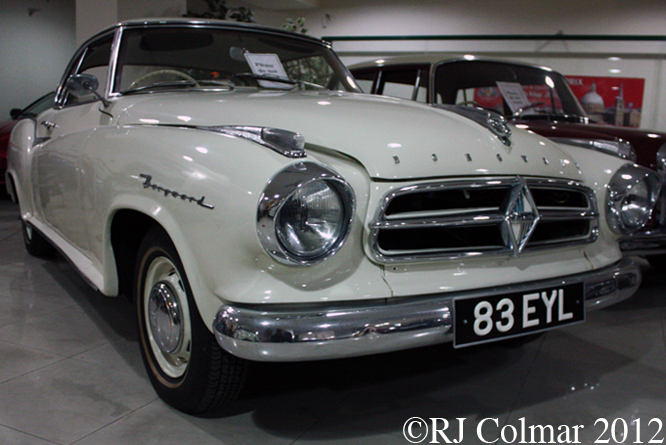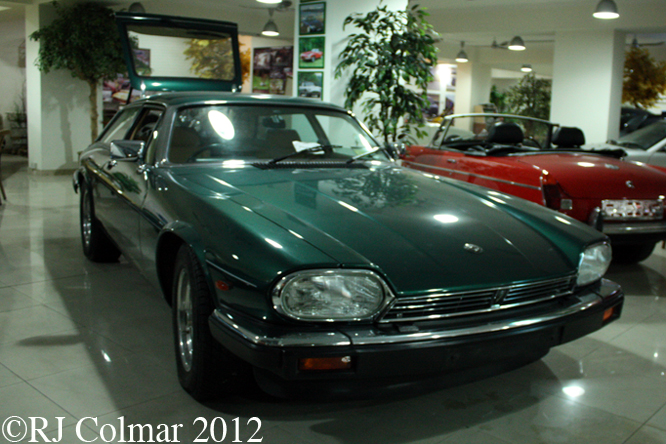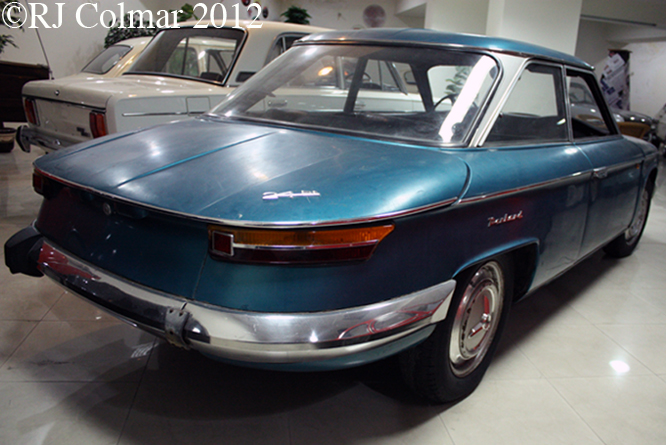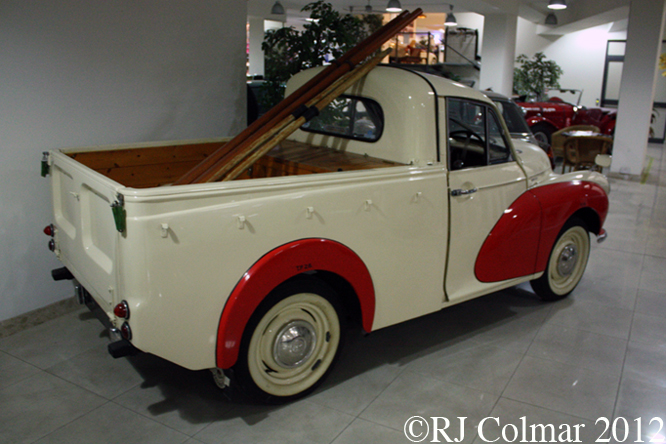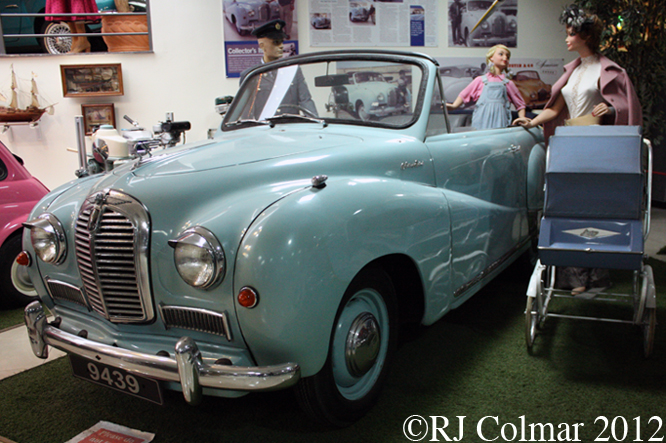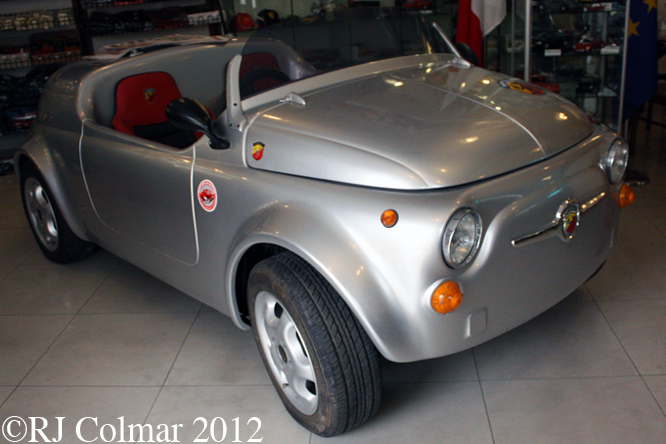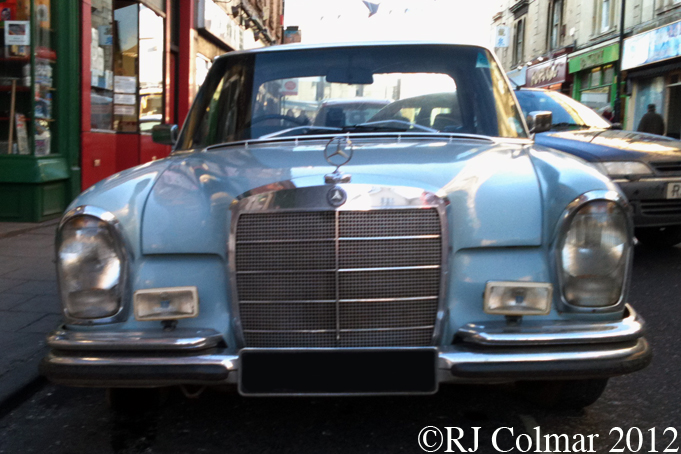The Lotus 41 was designed and built to meet the second and third tier European open wheel Formula’s 2 and 3 along with the US Formula B regulations for the 1966 to 1968 seasons.
Designed by Australian John Joyce assisted by Dave Baldwin the Type 41 featured a space frame constructed from welded steel tubes with stressed steel plates around the foot well, instrument panel and rear bulkhead. Steel was chosen in favour of lighter aluminium to ensure the car met the minimum weight limit requirements stipulated by the Formula regulations for which the car was built.
Brewery heir Piers Courage driving a works backed Lotus 41, for the same Lucas Engineering team that was involved with the Martin V8 powered Lotus 35 I looked at a couple of weeks ago, won the French Craven ‘A’ Formula 3 series.
Back in 1966 drivers names were mandated on the sides of open wheel Formula cars to help spectators identify the drivers, the name ‘Williams’ seen here refers not to the Piers Courages team mate and driver of the camera car in Steve McQueens film Le Mans Jonathon Williams, but to Dr Gareth Williams, owner of today’s featured car.
Dr Williams car chassis 41/F3/12b, seen here at Race Retro, is known to have been used competitively by Swiss driver Jean Blanc in 1966 and ’67 and passed through the hands of four further owners before being restored in 1993.
History records, Courages success in France not with standing, that the Lotus 41 was out classed by the more numerous Brabham 18A designed by another Australian Ron Tauranac. After returning to Australia in 1968 John Joyce founded Bowin Designs Pty where he built a string of successful cars that dominated the 1970’s Australian Formula Ford scene.
Sixty One Lotus 41’s are thought to have been built some were still running in much modified form in the early 1970’s Formula B regulations complete with additional bodywork and wings like the one seen in the thread on The Nostalgia Forum linked here.
Thanks for joining me on this ‘Under Australian Influence’ edition of ‘Gettin’ a li’l psycho on tyres’, I hope you will join me again tomorrow. Don’t forget to come back now !

